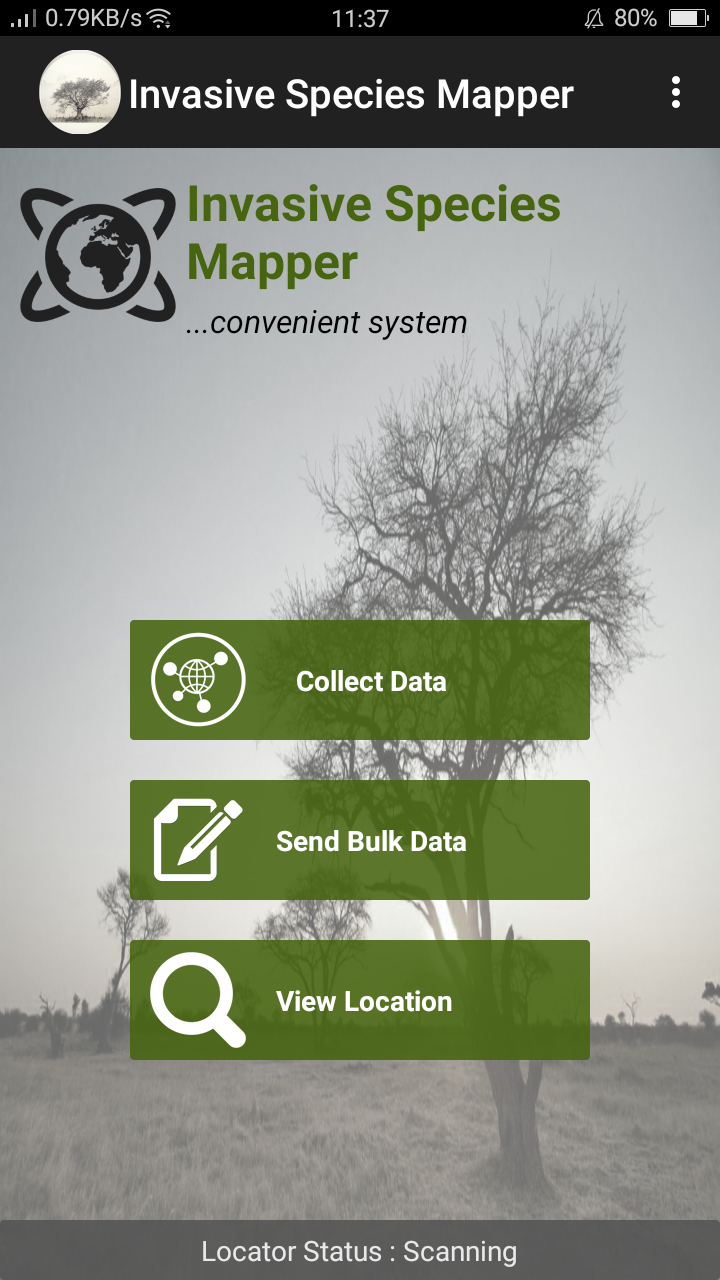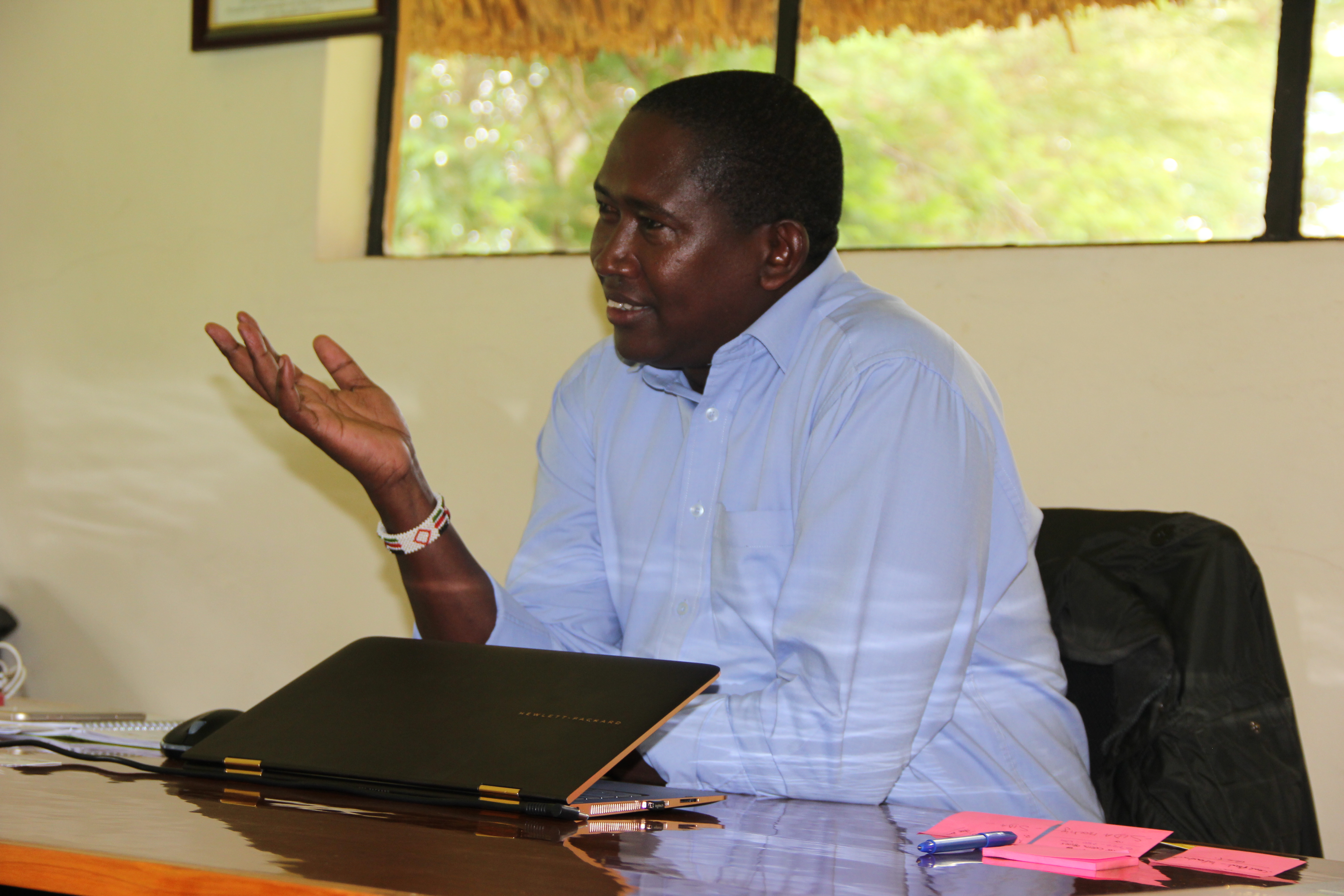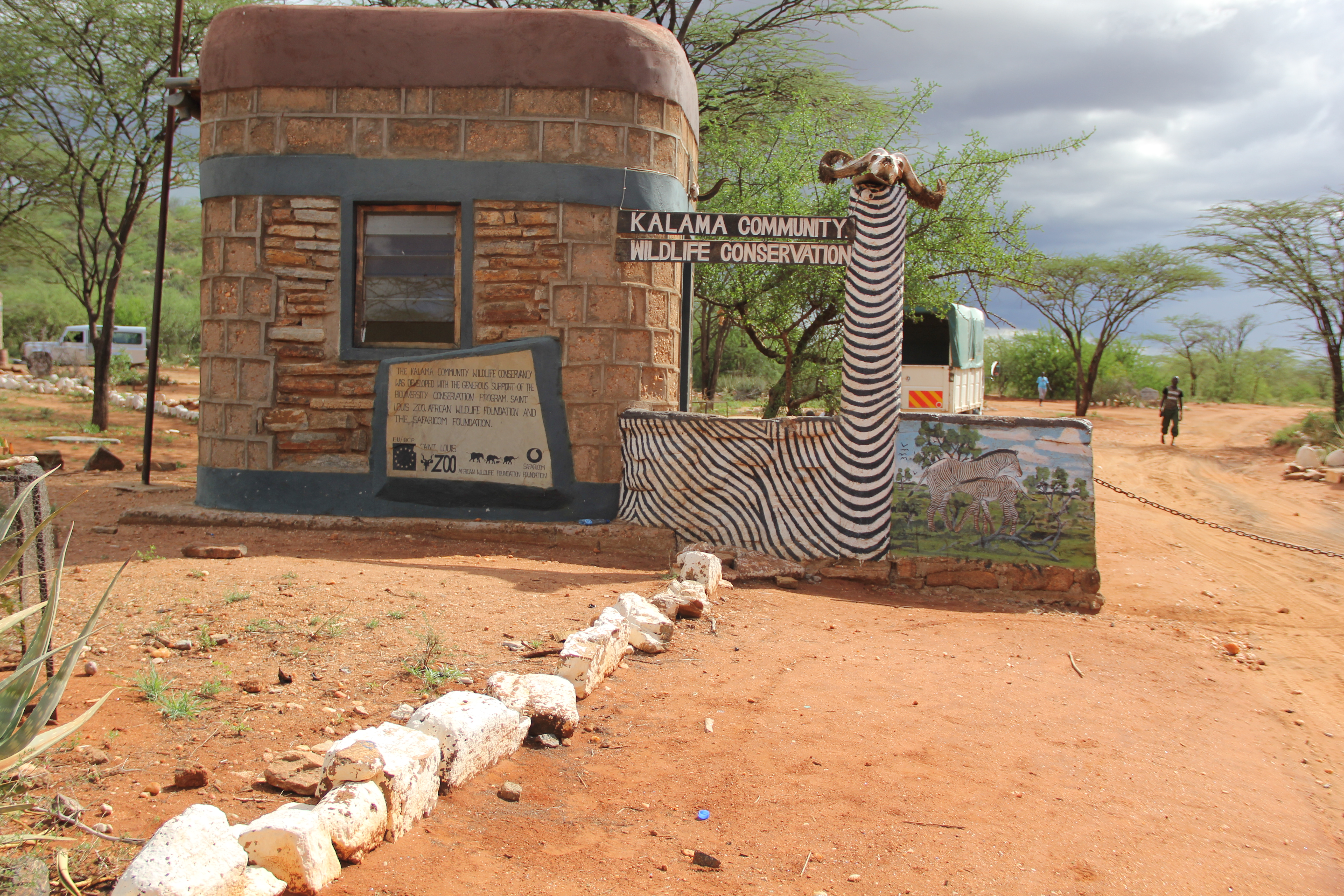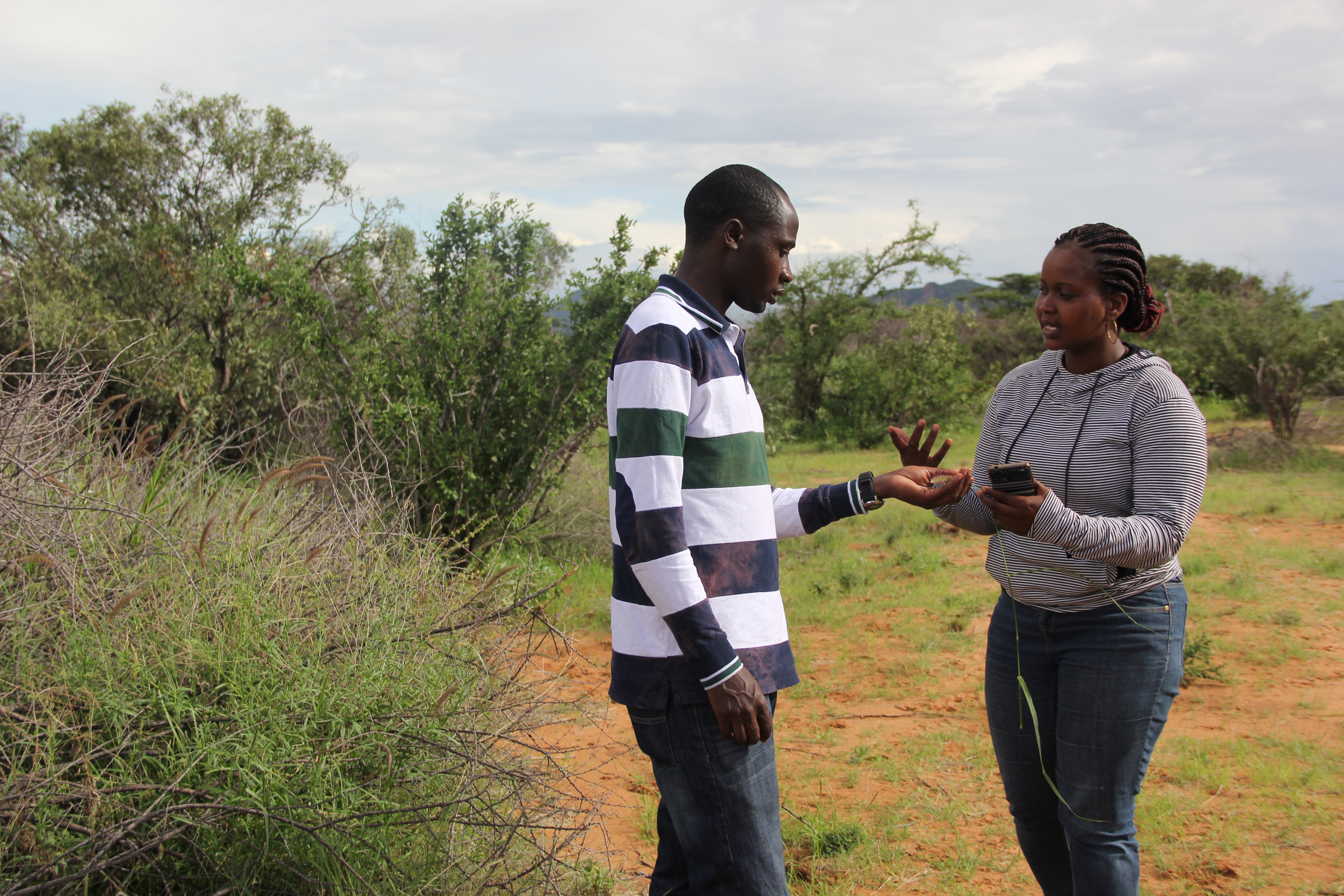The Northern Rangelands Trust (NRT) CEO Tom Lalampaa reminisces, “When I was a child, the grasslands here were in very good condition. But there were fewer people then, and fewer livestock than there are now.” He says of the bare earth scarred by deep gullies in many of the NRT member conservancies which serve as reminders of once vibrant landscapes.
The extensive arid and semi-arid lands of northern Kenya are home to a variety of communities. Livelihoods are predominantly livestock based, with limited small-scale crop production in higher potential areas. The climate is highly variable, and the productivity of the rangelands has been in decline, due mainly to poor management practices.
Tom adds that shifts in settlement and grazing patterns, rising human populations, and increasing climate variability have had a devastating impact on the rangelands. All too often, you will see herds of skinny animals moving over tracts of bare red earth, searching for scarce fodder. This is a miserable state of affairs not just for the livestock and their owners, but for wild animals too.
Priscilla Kushi, a Rangelands Specialist at NRT says at the heart of the problem is overgrazing. The spread of the Acacia reficiens is exacerbating the disaster as it thrives in highly degraded soil and, as soil fertility declines, nothing else will grow on them. Even worse, the acacia plants suppress the growth of pasture underneath.
As if to affirm Priscilla’s views, Samson Kuraru, a GIS Officer at NRT recollected that, “there is a huge decline in grazing resources, which communities mostly attribute to settlement patterns. Now there are schools, houses and hospitals where previously the pastoral communities would alternate grazing periods, thus giving the land and vegetation time to regenerate.
Just like the invasive prickly pear (known scientifically as Opuntia stricta), the acacia tree (Acacia reficiens) is wreaking havoc on pastoralists in parts of Samburu, Isiolo and Marsabit counties. The demise of the healthy pasture land also points to an increase in Acacia canopy, which is thought to inhibit growth of grass.
As more vegetation were cleared, the rangelands that the cattle depended on have become increasingly degraded. During heavy rains, massive erosion opens up deep gullies in the landscape, often eroding the top soil and rendering the land prone to the spread of invasive shrubs such as Acacia reficiens. What's more, the invasive cactus (Opuntia stricta) also spreads aggressively, preventing growth of other plants and threatening wildlife and livestock.
The NRT, a community led non-governmental organization (NGO) set up in 2004 in northern Kenya by a coalition of local leaders, politicians and conservators, reached out to among other partners, the Regional Centre for Mapping of Resources for Development (RCMRD) through the SERVIR-Eastern and Southern Africa project (SERVIR-E&SA) to assist in the mapping of the invasive species. The SERVIR E&SA project promotes the use of satellite images and GIS for improved decision making in environmental management and resilience to climate change. The NRT was concerned that if left uncontrolled, the spread of these invasive species would continue to dent economies of counties in arid and semi-arid areas (ASALs) where over 70 per cent of Kenya’s livestock and wildlife are found.
Samson and Priscilla explained that the intervention from RCMRD assisted greatly as they have used GIS and the Invasive Species Mapper (ISM) application to map areas infested by the acacia and cactus and come up with strategies to counter the spread of these plants. In their smartphones, they have downloaded an app known as the Invasive Species Mapper (ISM) that was developed by SERVIR-E&SA. They say RCMRD trained NRT staff and they collect data on the current locations of Acacia reficiens which is subsequently uploaded onto a computer database at RCMRD.

Edward Ouko, the Ecosystems and Landscapes Thematic Lead at RCMRD/SERVIR-E&SA. He explains that the Invasive Species Mapper (ISM) was built by SERVIR Eastern and Southern Africa for the collection of invasive species data for analysis and deeper understanding of their spread.
“This data enables rangeland conservation organisations in collaboration with Regional Center of Mapping of Resources for Development/SERVIR, a joint initiative between NASA and USAID, to monitor and engage in research to mitigate their spread.”
Edward explains that using the app, NRT is mapping out forage land which is infested with Acacia reficiens and degraded, processes which reduce the available space for conservation. “The spatial extent covered by invasive species is modelled from the occurrence data and finally an estimation of area covered in the Northern Kenya Rangelands in recent decades is made.” He adds that the information can improve plans for forage space available for both livestock and wildlife, and minimize conflicts.
Edward says once completed, the acacia and cactus coverage maps are then sent back to pastoralists, public institutions and NGOs (such as the Northern Range Land Trust) that are supporting affected communities to eradicate the invasive plants. He adds that the maps are open-access and can thus be retrieved by the public at no cost from the RCMRD website. The maps are important for evidence based decision making and thus would be useful for monitoring not only the spread but also reduction in extent of coverage as a result of successful mitigation measures. He says the data is viewed/downloaded through http://mobiledata.rcmrd.org/invspec and that reporting is done offline and can be sent in batches afterwards.

















